It is a female figurine with two heads on one body. The arms, one of which is missing, are rendered with a small side eyelet that is not completely pierced; the cylindrical legs, of which the right is missing, end with a slight "elephant foot" flaring. The buttocks are very highlighted and to a lesser extent the breasts, while a small hole indicates the navel. The heads have a "mushroom" shape with two small bumps indicating noses. The figurine is modeled by hand, in yellowish gray clay with some rare fragments of quartz in the mixture, covered with a thin layer of smooth clay which has been preserved only on the left head and in large areas of the lower part of the body; superficially it is blackish, while in the deepest layer it is brick red. The decoration is obtained with graffito or incision on the surface, only a few traces have also been preserved in the underlying impasto, in general when the furrow is particularly deep, but almost everywhere the deterioration of the black surface has compromised the legibility of the ornamental motifs that are engraved on it. On the heads there are decorative "V" motifs, interpreted as details of the hairstyle. Two-headed idols are known in the Balkan area (two-headed bird-headed figure from the Vinca settlement, two-headed figure from Gomolava in northern Yugoslavia), in Romania (double male and female figure from Gumelnita, connected by Gimbutas to the sacred wedding ritual ), in Syria (two-headed image from Tell Brak) and in Turkey (two-headed female image from Catal Huyuk).
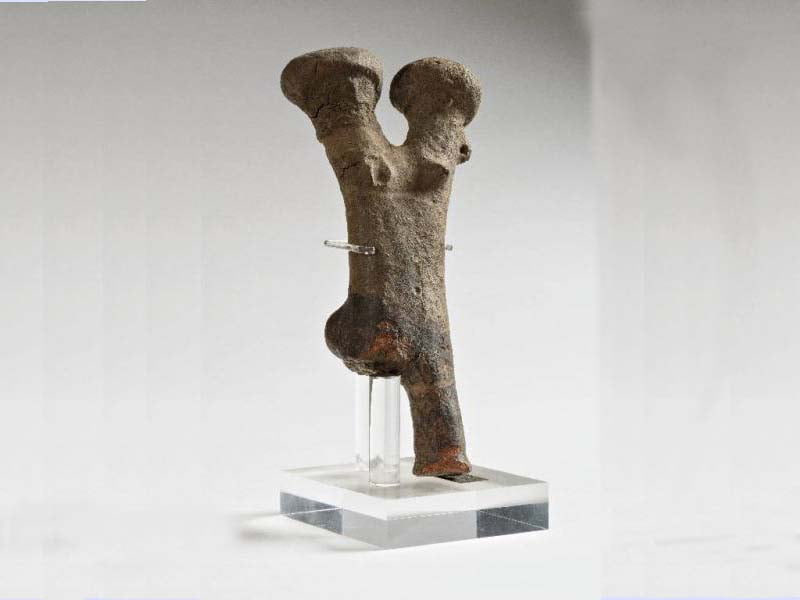
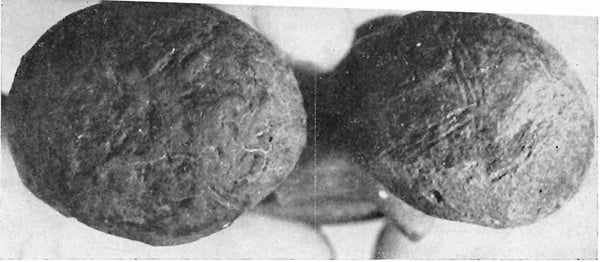
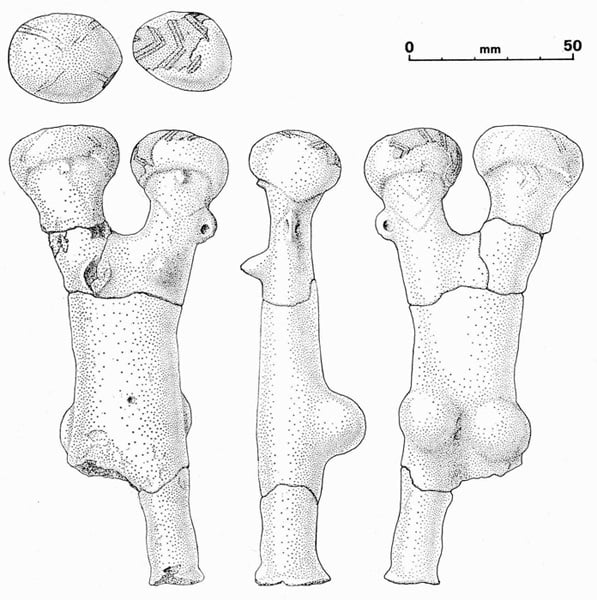
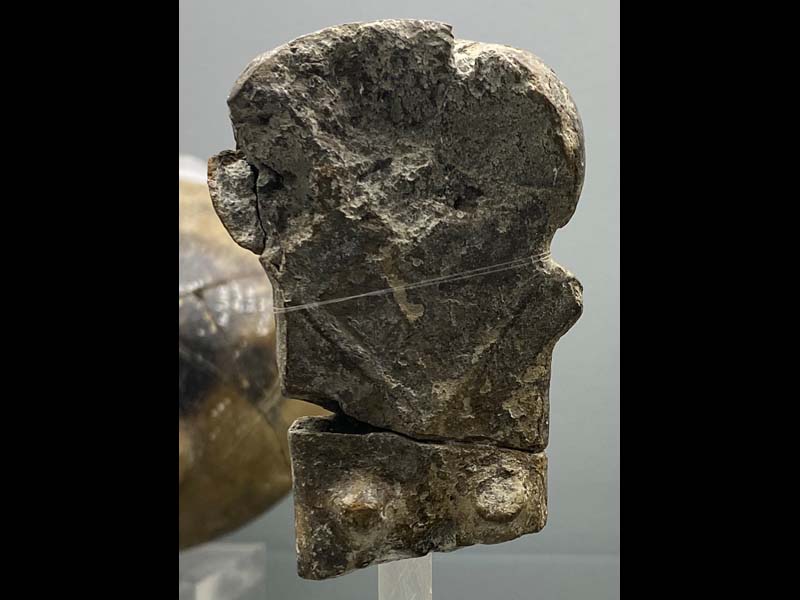
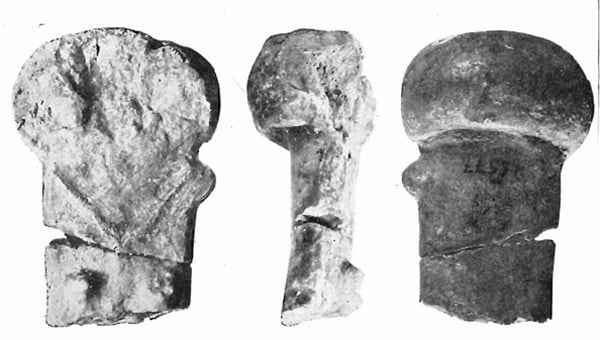
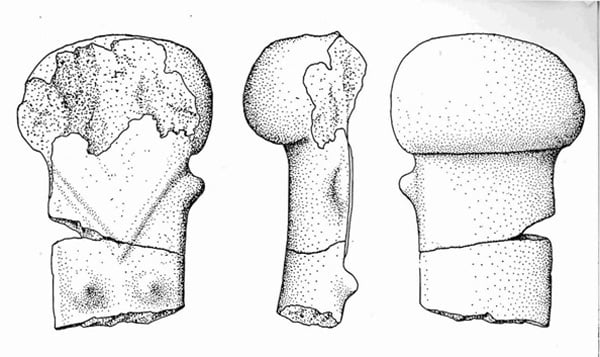
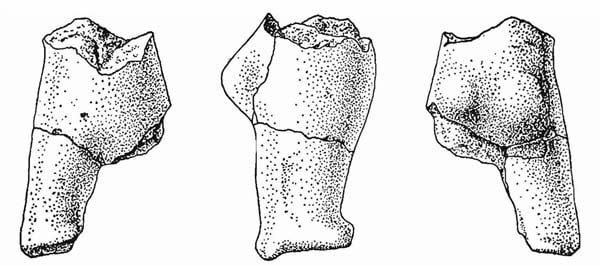
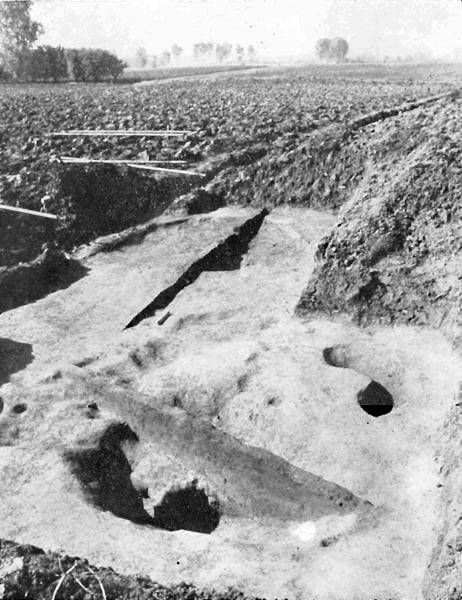
Historical notes
Found in cockpit VI of Campo Ceresole, an area where an excavation campaign extended to no. 6 structures, identified thanks to the discovery on the ground, following plowing, of anthropic material. Well VI resulted poor in other finds, while in the other wells lithic materials, tools and ceramics typical of the Vho di Piadena culture were recovered.
The excavation was carried out by Bernardo Bagolini and Paolo Biagi, commissioned by the Archaeological Superintendency of Lombardy in 1976; the materials were placed in the museum where they currently are. Subsequently, in 1977 a further excavation campaign was carried out in the same locality and a fragment of another statuette was found (pozzetto XVIII); it is only the lower part of the body and the right leg and has the same surface and texture characteristics as the one found in 1976, of which it repeats the aesthetic canons. A further fragment is kept in the Pigorini Museum in Rome and is part of the research of the end of the 800th century with a generic indication of origin from San Lorenzo Guazzone, the locality where all the excavations were carried out; there are many similarities with the bicephalous Venus (V-shaped relief motif, tongue-shaped lateral expansions, the position of the breasts), even if presumably the statuette is single. To date, no statuette has been recovered intact or that can be reintegrated and due to the characteristics of their position it is assumed that they were placed in the anthropic cavities together with the other cultural remains.
CARD
LATEST PUBLISHED TEXTS
VISIT THE FACTSHEETS BY OBJECT

